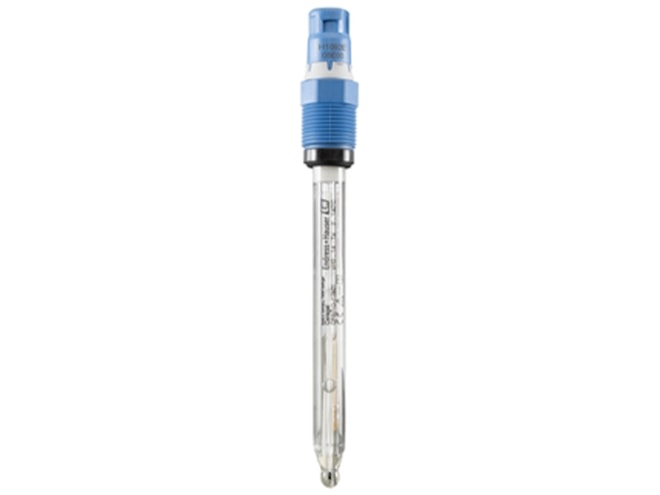E+H Ceragel CPS71D pH Sensor
Glass electrode with Memosens digital technology, measures pH and temperature, designed for the food and life sciences industries.

- By Endress+Hauser
- Made in the USA

Need Help? Call a Flow engineer at 1-800-884-4967
We're open Mo-Th 8am to 5:30pm. Fr 8am to 5pm ET

 Effective May 12th, 2025, Endress+Hauser has added a 4.5% surcharge to this product. The surcharge will appear as a separate line item on the order.
Effective May 12th, 2025, Endress+Hauser has added a 4.5% surcharge to this product. The surcharge will appear as a separate line item on the order.
















